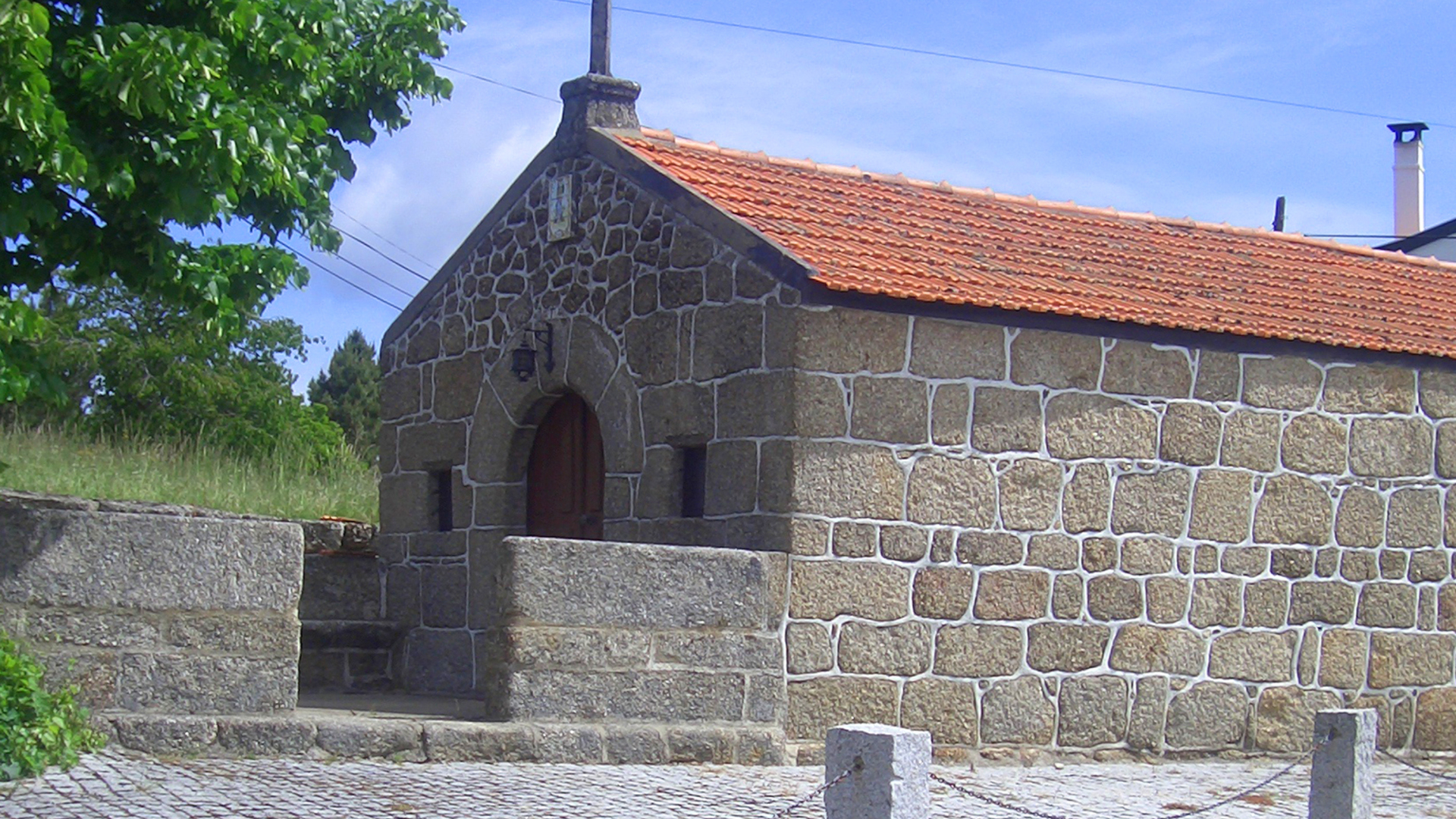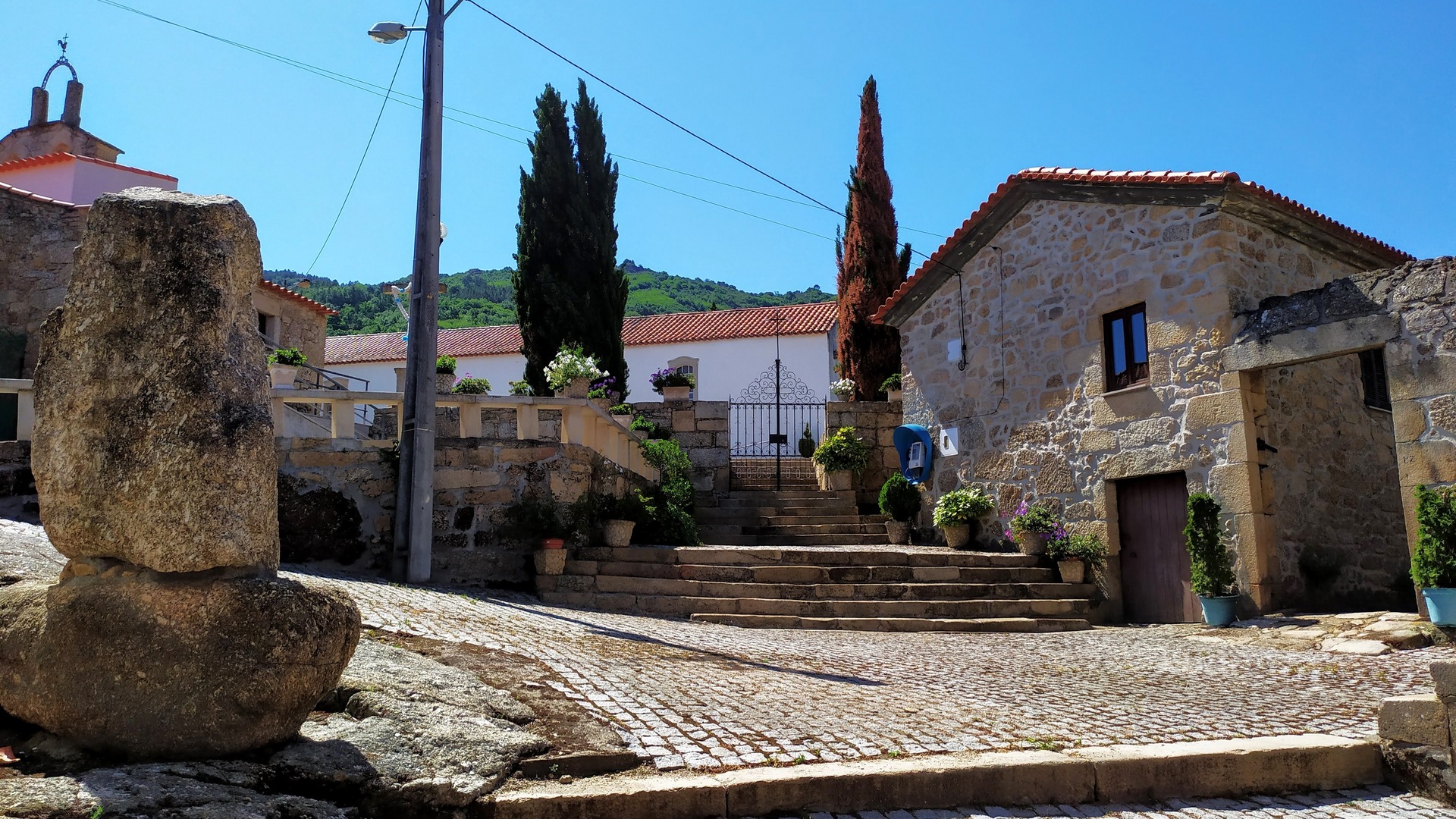It emerged from the joining of the former parishes of Corujeira and Trinta back in 2013. In Corujeira the predominant activities are agriculture and pastoralism, whereas Trinta was an important industrial centre in the municipality of Guarda and one of the first villages in the country to receive electricity.
Visit Guarda
Corujeira
Visit
Localities
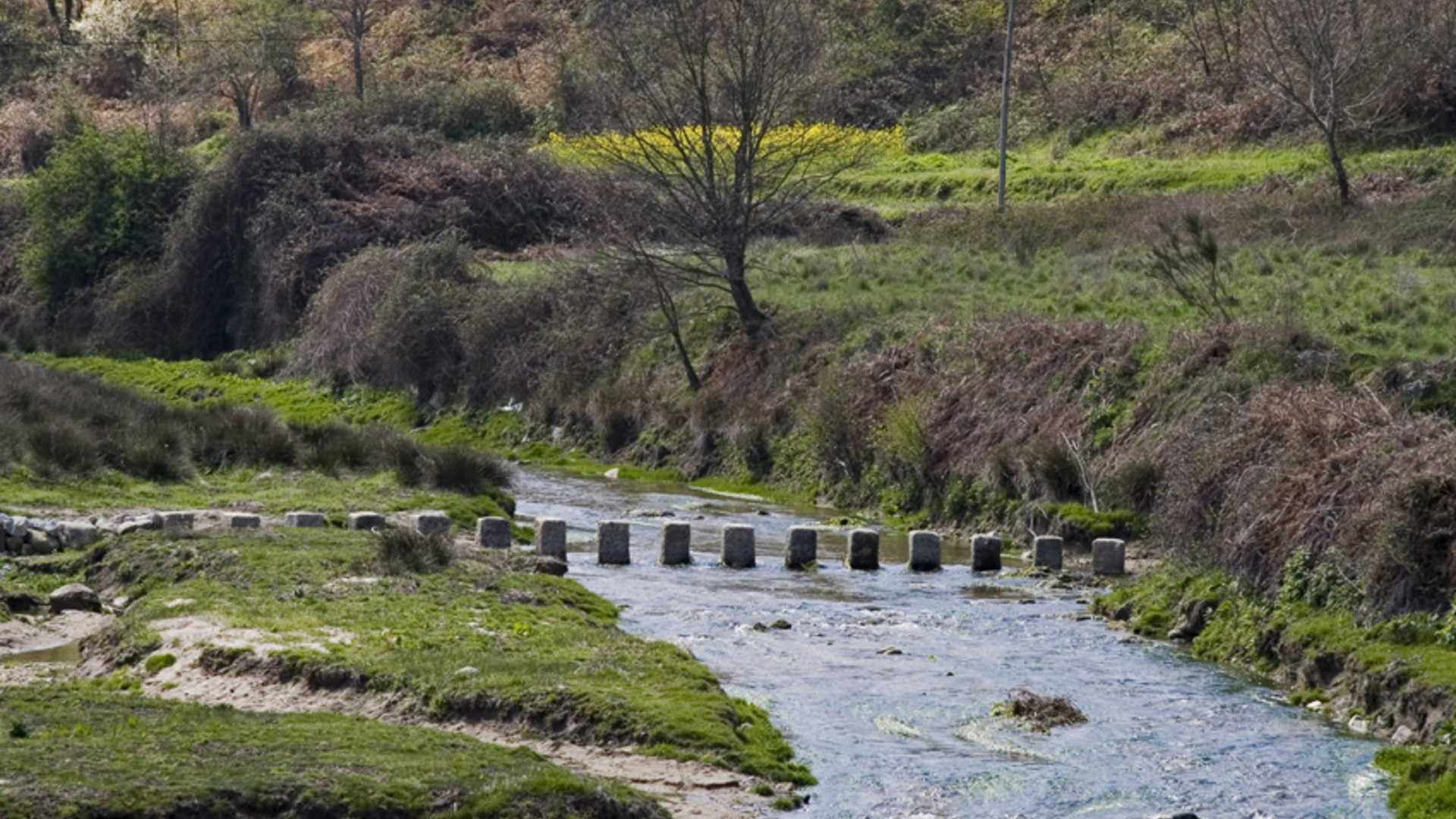
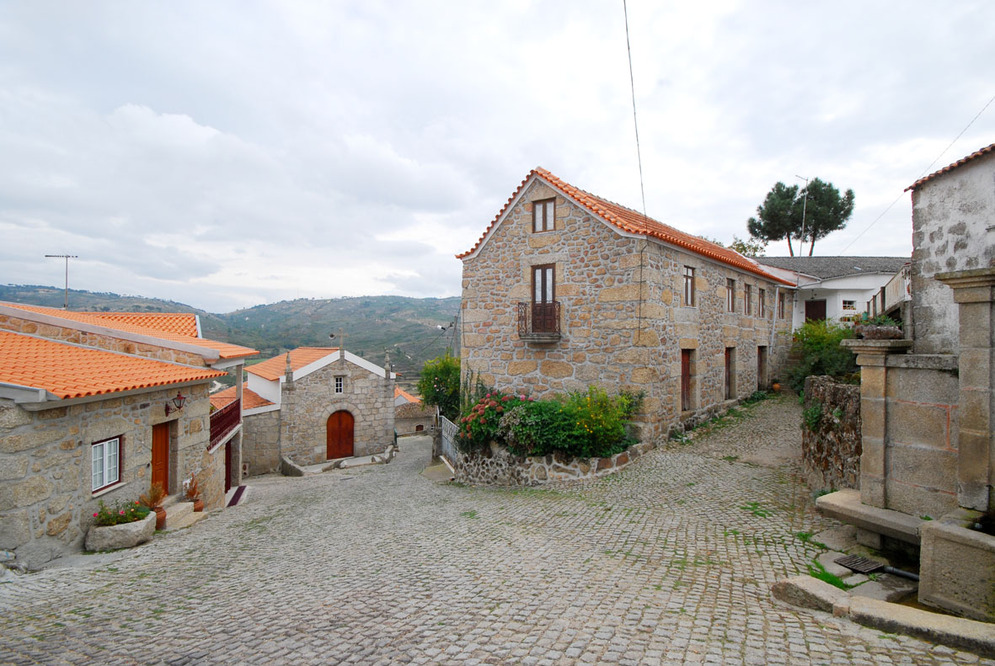
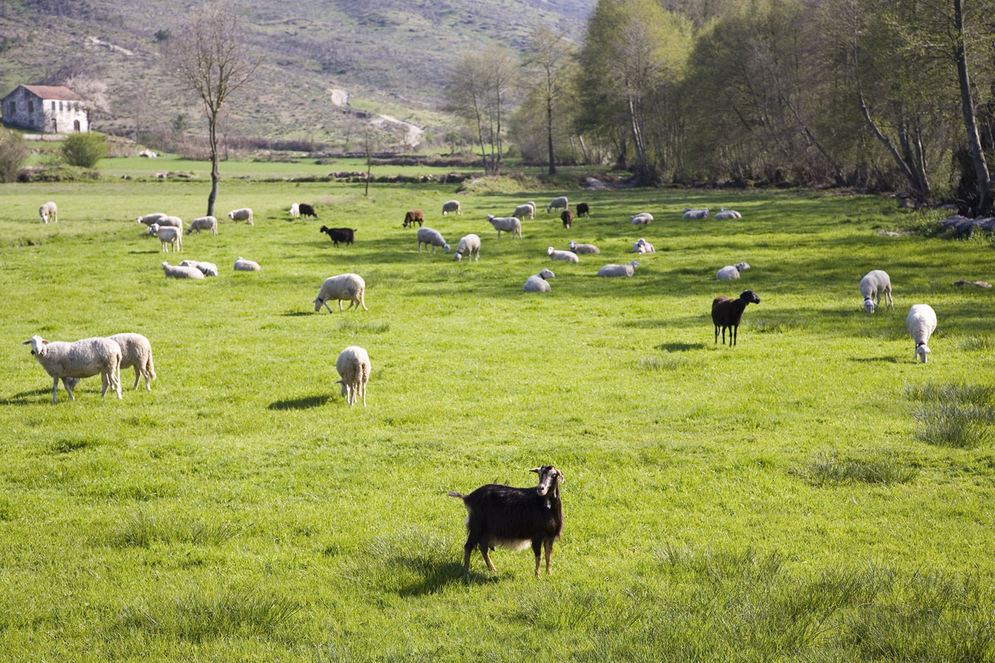
Inserted within the Serra da Estrela Natural Park, the mountain landscape of the two parish villages has been shaped by the Mondego River and the Caldeirão stream. The parish of Corujeira is included in the Corujeira and Trinta Parish Council.The village of Corujeira, built along the left bank of the Caldeirão stream, is a traditional Beira village with narrow streets and welcoming residents. Its granite houses retain the typical architecture of Beira Alta. Its main economic activities are agriculture and pastoralism. The elderly used to say that every family had a flock of sheep and, even today, when you walk along the shores of Ribeira do Caldeirão, you can observe some of the flocks of shepherds who are still maintaining this practice. Although many inhabitants worked in the textile factories of Trinta, the village of Corujeira became famous for its local potatoes and cheese . Ancestral practices of pastoralism and sheep shearing are still being maintained in the village, to the point that an annual Popular Culture Festival has been created to honour these traditions, known as the Jornadas da Lã (Wool Days), where the sheep shearing of the shepherd's flock who hosts the event stands out.Religious Patrimony: Parish Church of Corujeira (‘Nossa Senhora das Neves’ Church), Chapel of São Barnabé (Corujeira), Espírito Santo Chapel (Corujeira).Points of interest: ancient houses with typical Beira Alta architecture, Mondego Walkways, archaeological textile patrimony by the Mondego river, the Pateiro waterway and the hydroelectric power station, the Caldeirão dam and riverside beach, the Museu da Coruja (Owl Museum).
Visitar Facebook
